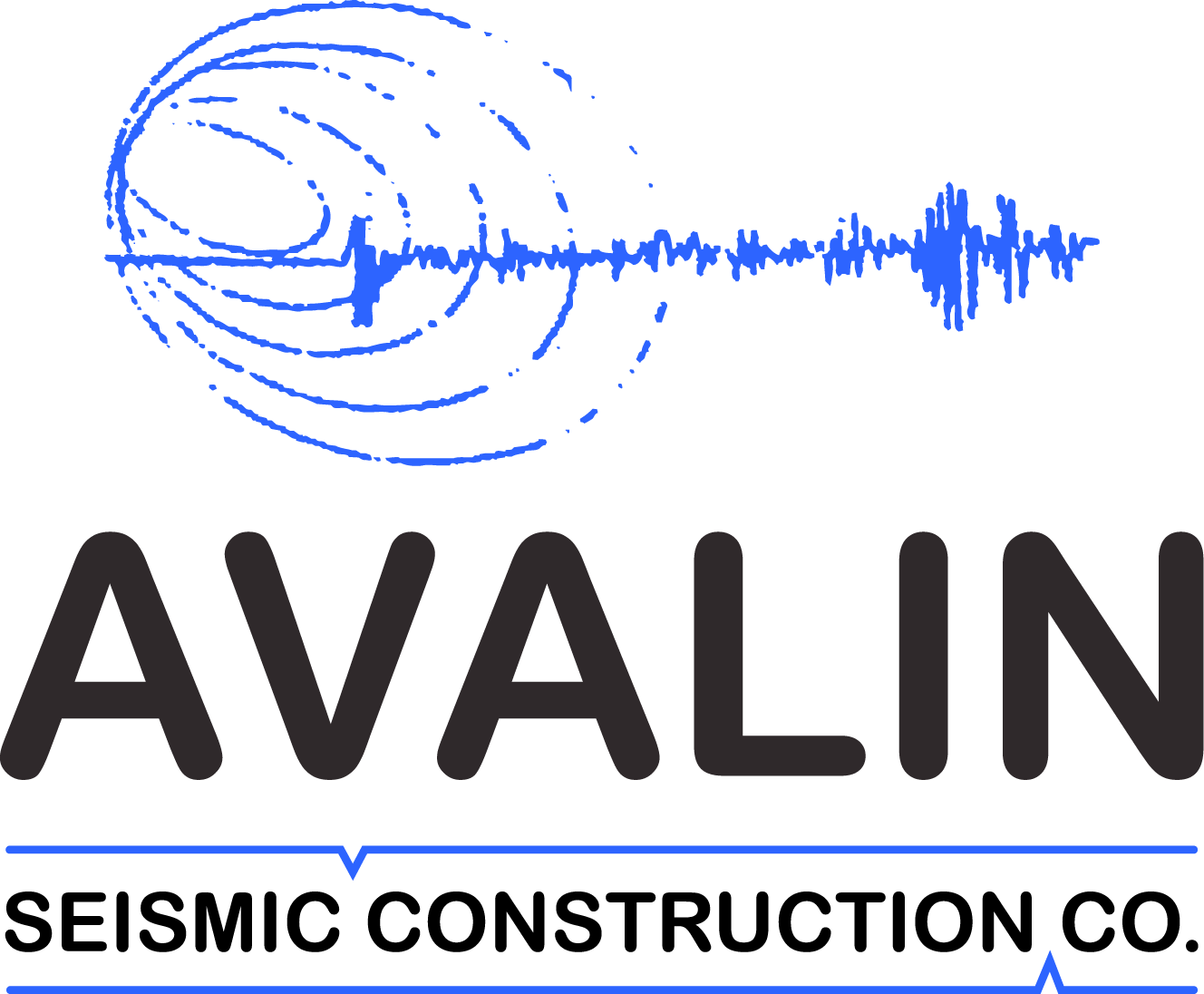FAQ
In most pre-1937 homes, the mudsill is not connected to the foundation in any way. Hard to believe, isn’t it?
Most typical earthquake retrofits, foundation bolting and cripple wall bracing take only one to three days to complete.
Most typical earthquake retrofits, foundation bolting and cripple wall bracing cost between $3,000 to $5,000.
An unbolted house can be shaken completely off its foundation. During the 1994 Northridge earthquake, thousands of unbolted homes were damaged or destroyed. Foundation bolting, also known as house bolting, is easy, quick and inexpensive.
Click here for more information.
These wooden stud walls are on top of the exterior foundation. They support the house and create a crawl space. Unbraced cripple walls may collapse, causing the house to fall. Bracing cripple walls is simple and provides greater resistance to earthquakes.
Click here for more information.
Major earthquakes break home gas lines, releasing gas and causing fires. To protect your home from gas-leak fires, you can now install a seismic-actuated, gas shut-off valve.
Click here for more information.
A water heater that is not securely attached to nearby walls may topple during an earthquake. A falling water heater causes water damage, and if gas or electrical lines are broken during the fall, a fire may result. Preventing this common and serious problem is easy and inexpensive.
There is no completely effective way of preventing earthquake damage to an unreinforced masonry chimney. The best solution to this problem is removal of the chimney down to the top of the firebox and installation of a factory-built, metal flue enclosed in conventional 2×4 steel-stud framing.
Click here for more information.
